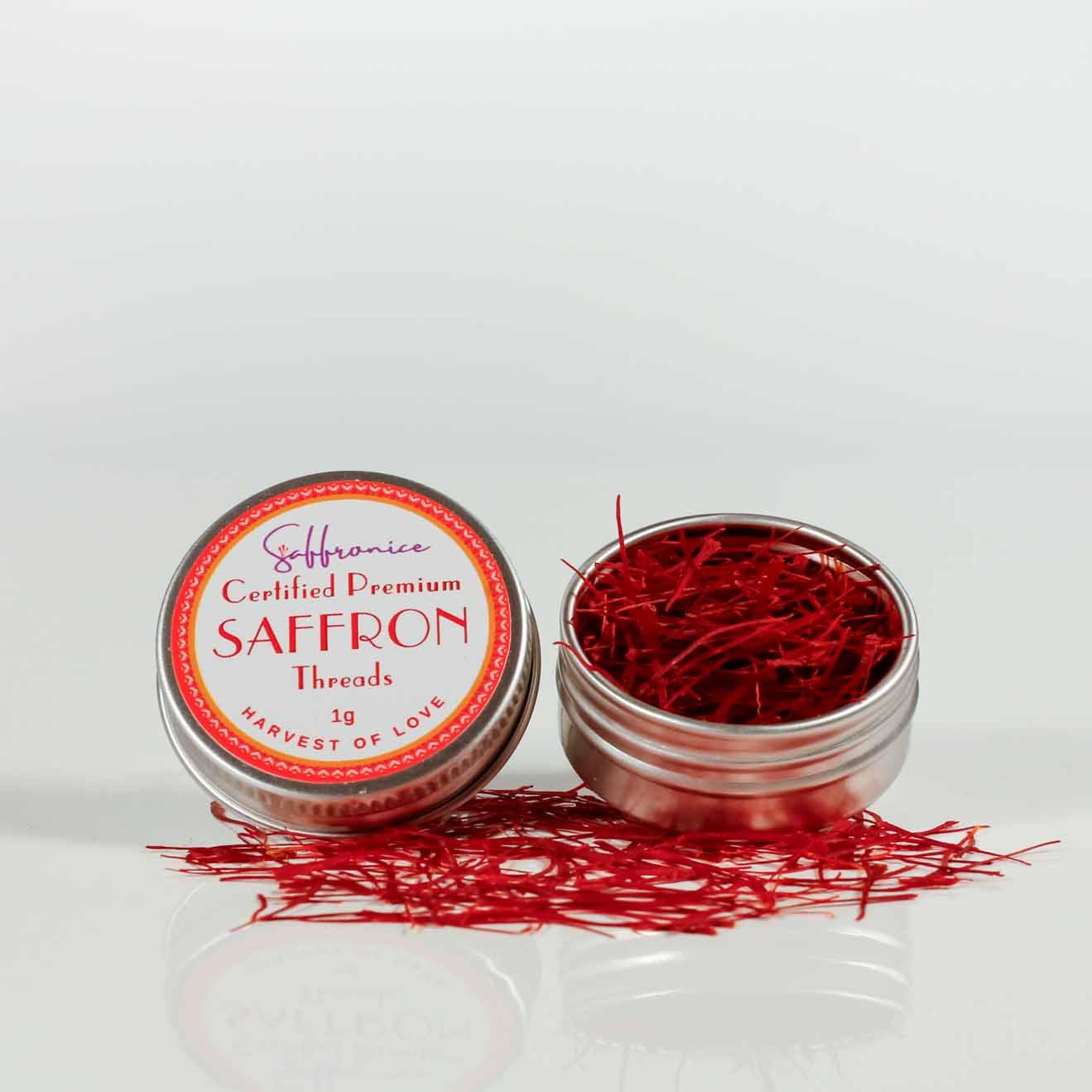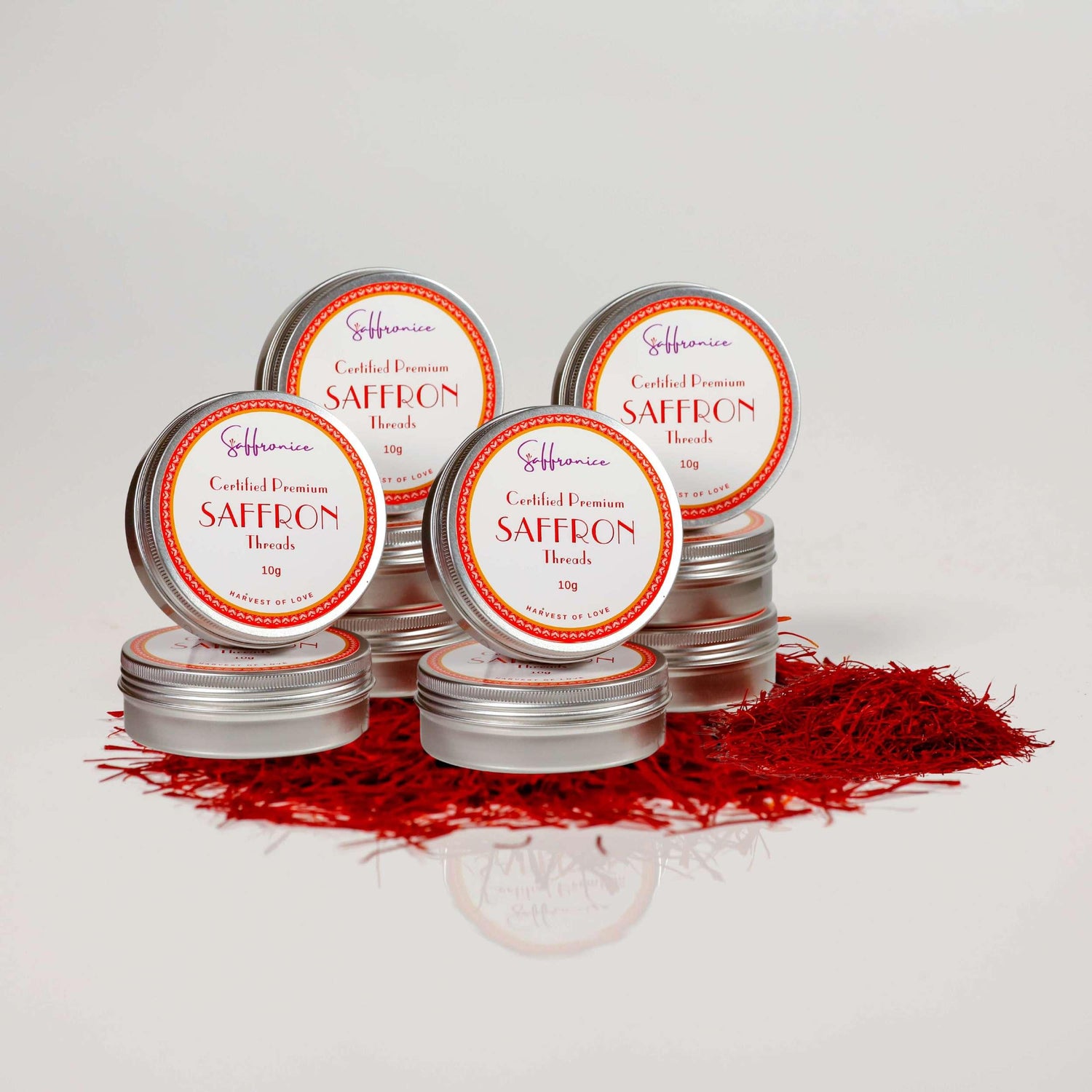
Saffron Harvesting
Saffron is harvested by handpicking the delicate stigmas from the flowers of the Crocus sativus plant. The saffron harvesting process is highly labor-intensive, as each flower produces only three stigmas, and it takes approximately 150,000 flowers to produce one kilogram of saffron. Typically, saffron harvesting occurs in October and November, in the morning when the flowers are still closed. The process must be completed quickly before the sun rises too high in the sky to ensure the highest quality saffron. After the stigmas are removed from the flowers, they are carefully dried to prevent spoilage and preserve their vibrant color and unique flavor.
Drying Saffron
The drying process is a crucial step in saffron harvesting, as it helps to remove excess moisture from the stigma and prevent the growth of mold or bacteria. Traditionally, the stigma were dried in a well-ventilated room away from direct sunlight, but this method is slow. In today's fast-paced commerce, saffron is dried in a temperature-controlled room or in a dehydrator to speed up the process and ensure a consistent supply. The drying process can take anywhere from a few hours to a few days, depending on the humidity and temperature. Once the saffron is fully dried, it is carefully packaged and stored to maintain its quality and freshness.
Saffron Packaging
The packaging and storing of saffron is a crucial part of the process. Unfortunately, 95% of all saffron packaging is either in plastic or glass, which does not provide adequate protection from UV light. Saffron is highly sensitive to UV light, and plastic packaging can also transfer its scent to the saffron threads. To preserve the quality and flavor of saffron, it should be packaged in a material that is opaque to UV light, such as a metal tin or a dark-colored glass jar. Additionally, saffron should be stored in a cool, dry place away from direct sunlight, heat, and moisture to prevent degradation.
Saffron Quality
The quality of saffron is determined by its color, aroma, and flavor. Crocin is the chemical responsible for saffron's color, Picrocrocin for its flavor, and Safranal for its aroma. These biocomponents can be measured in a lab, and this is how the quality of saffron is determined. The higher the concentration of these chemicals in saffron, the better its quality. The color of high-quality saffron is bright red with orange tips, and it has a strong, distinctive aroma and flavor. The grading of saffron is based on the quantity of these chemicals present in the spice, with the highest quality saffron having the highest concentration of these biocomponents. These chemicals are also very sensitive to UV light and heat, hence the correct processing of the saffron can protect these biocomponents.
Categorising Saffron
Saffron is also categorized into different grades based on the size of the stigma. The full stigma, which includes the yellow part of the thread all the way up to the top portion, is called "Pushal." Once the yellow part is removed and you are left with the red part of the stigma, it's called "Super Negin." The shorter part of the stigma is known as "Sargol." During the packaging and processing of saffron, there might be even smaller parts of the stigma that are ground and sold as powder. However, these categorizations have nothing to do with the quality of the saffron and are merely a marketing scheme. The quality of saffron is determined by the concentration of its biocomponents, as well as its color, aroma, and flavor.




























